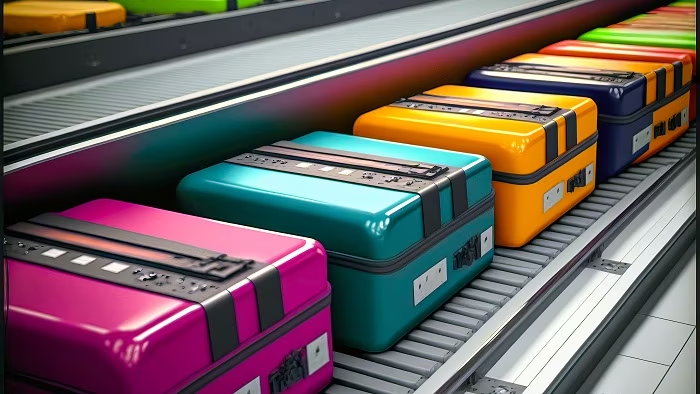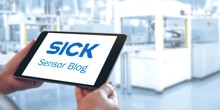Airlines and institutions have implemented tools and rules to improve baggage tracking. One example is the IATA (International Air Transport Association) Resolution 753, which aims to reduce baggage transportation errors and improve passengers' experience. The Resolution requires airlines to be able to track luggage in four key steps: delivery, loading onto the aircraft, transfer to the pick-up area, and return to the passenger.
Therefore, airports should be able to track with accuracy and reliably all baggage movements. To do this, they must integrate identification solutions to baggage handling systems. SICK offers dedicated tracking solutions based on a mix of integrated technologies, which follow the baggage throughout its path through the airport.
Airport Luggage Identification System (ALIS) is at the heart of the baggage-handling architecture. It is a track and trace system that allows a piece of luggage to be clearly identified throughout its path, from check-in at the aircraft to the final delivery. ALIS is fully compliant with IATA standards and integrates with tracking platforms and diagnostic software. This system is based on three technologies that can be integrated:
laser, vision, and
RFID.
H2: Laser-based solutions
ALIS systems based on laser technology have been on the market for over 30 years. They continue to establish themselves as an extremely reliable and effective solution for the identification and routing of luggage labelled with 1D barcodes.
ALIS systems can be equipped with an IP camera, which provides a color image of luggage, very useful in case of any disputes.
The laser is well-established as a robust technology, and it meets the highest standards required by the airport industry. The high reading capacity, together with the powerful SMART code reconstruction algorithm, allows even damaged, poorly readable, or partially covered barcodes to be accurately detected and decoded.
An exampleof this is the
SICK CLV69. It is characterized by a smart scanning mode, which makes it possible to create flexible output formats, with additional programming in control. It offers a
high accuracy even in complicated applications. Also, the use of an Ethernet Cloning connector makes the use of additional
Ethernet gateways unnecessary.
H2: Camera-based solutions
The track and trace systems for airport logistics based on cameras allow image creation for further processing of label information, e.g., flight number, through OCR and/or video encoding. This also occurs thanks to the barcode identification.
This ensures the immediate transport of baggage within the transport system, even when the Baggage Source Message (BSM) is not available. The result of this operation is a major reduction in the activities of manual coding stations.
The
camera-based technology offers complete, high-resolution image registration with high readout results, even in case of damaged or poorly printed labels. As an example, the
Lector65x features a wide visual field and depth. It offers high visibility for code position, object height, and transport speed. The solution can be easily integrated within hybrid systems and auto-setup features, integrated illumination, the audible feedback signal, and laser pointing assistant.
H2: RFID-based solutions
Track and trace systems integrate RFID technology (radio frequency identification), which eliminates the need for direct visual contact with the barcode attached to the bag during the identification process.
The result is a reliable and straightforward tracking. The systems are based on RFID tag reading and writing devices, meeting the IATA global standards specifications. Their transmission characteristics are specific to the UHF bandwidths used in Europe and the United States. RFID technology enables the reduction of baggage sorting errors.
An example of RFID technology is the
SICK RFU63x sensor, which features a reading distance of up to ten meters and the possibility of connecting up to four external antennas. The antenna and data processing are integrated into the sensor, and the configuration can be done via SOPAS ET, or via the integrated web server.
RFU63x is also characterized by reduced programming time, thanks to its intelligent process logic, which is built into the sensor.
SICK has also developed hybrid
track and trace solutions. They are based on tunnels, which are equipped with dedicated shielding. These integrate matrix and RFID technologies. The system can operate on belt or roller lines and is characterized by maximum flexibility and modularity.


